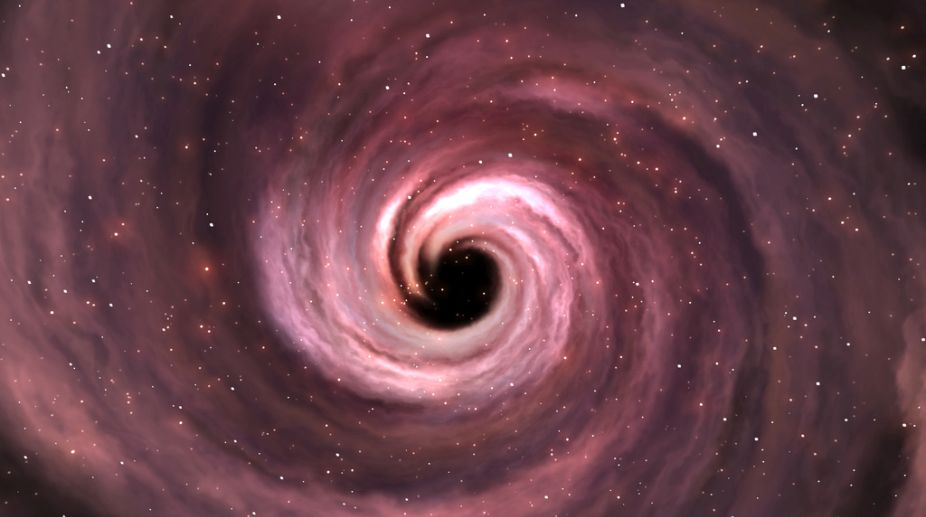Black holes are famous for shredding stars, devouring light, and acting as enormous debris disposals in space. But, in an odd twist, astronomers using the Hubble Space Telescope discovered that these active celestial objects also have a nurturing side.
Hubble’s observation of Henize 2-10, a dwarf starburst galaxy, revealed a gaseous umbilical cord connecting a black hole in the galaxy’s center to a stellar birthplace where stars are formed.
A thick cloud of gas and dust is required for star formation. As the black hole’s stream of gas interacted with the cloud, it launched a fireworks display of star formation, resulting in a cluster of new stars.
The galaxy is situated in the Pyxis constellation, 30 million light-years distant. While huge galaxies are known to have a supermassive black hole at their core, galaxies like Henize 2-10 have prompted scientists to question if the same is possible in smaller-scale cosmic settings.
Compared to the vast Milky Way galaxy, Henize 2-10 contains just approximately a tenth of the stars.
“From the beginning, I knew something unusual and special was happening in Henize 2-10, and now Hubble has provided a very clear picture of the connection between the black hole and a neighboring star-forming region located 230 light-years from the black hole,” said study author Amy Reines, an assistant professor in the department of physics at Montana State University, in a statement.
The outflow of gas from the black hole hit with the dense gas cloud and spread out at a speed of one million miles per hour. As a result, new star clusters may be seen forming along its trajectory.
It’s a rare event for a black hole to aid star creation rather than destroying it. In large galaxies, black holes send forth superheated material jets that approach the speed of light. Any gas clouds unfortunate enough to be in the path of these jets would become too hot to cool down quickly enough to become stars.
Astronomers may be able to learn more about how supermassive black holes formed early in the universe by studying dwarf galaxies or those that have remained small over time.
The findings were published in the journal Nature.

